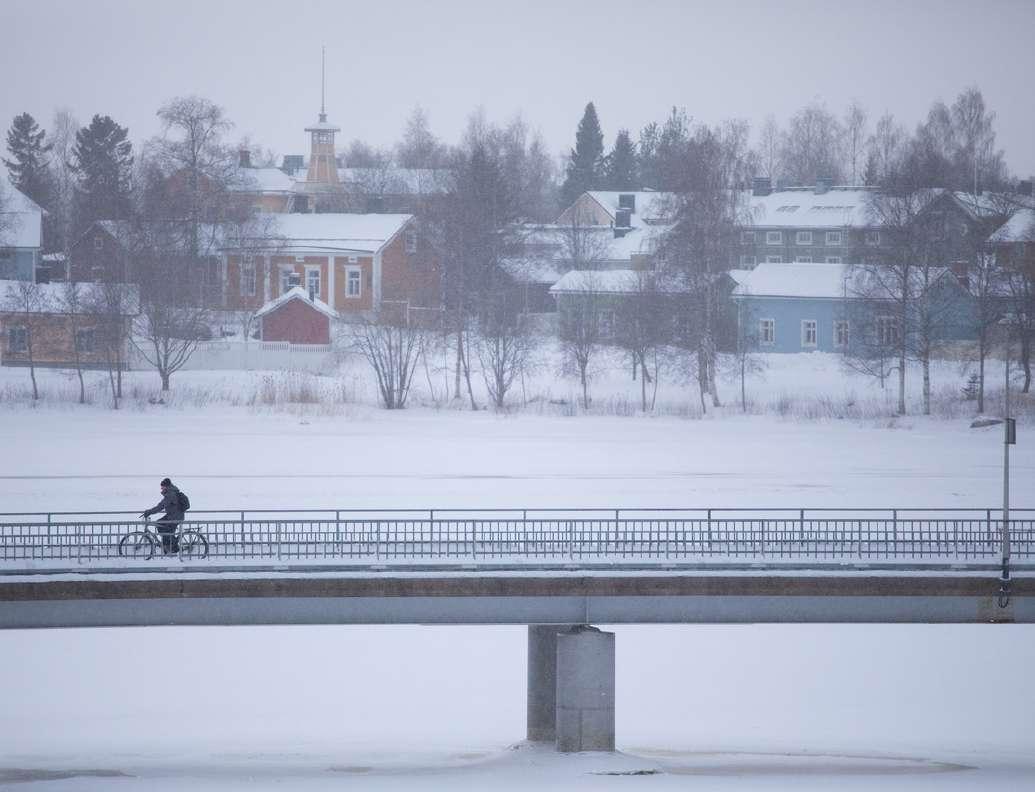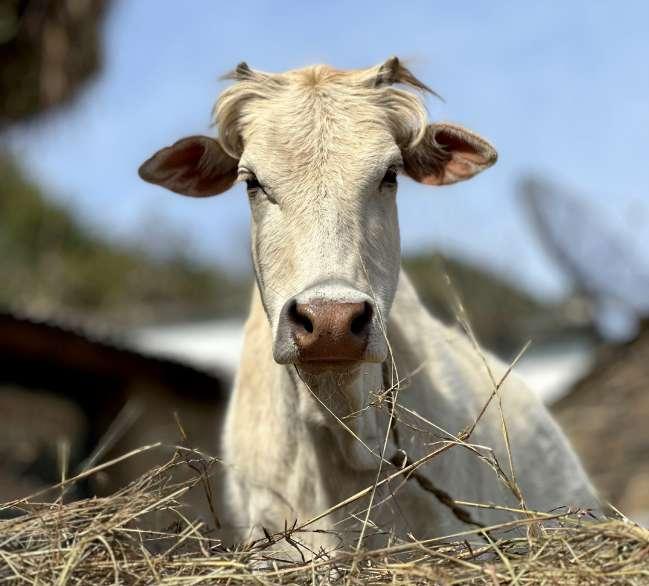
4 minute read
UNDERSTANDING HOLY COW’S BODY LANGUAGE AND CYCLING IN INDIA
from VELO Magazine 2023
by Vision Index
Whoever came up with the slogan “Incredible India” must be a genius who knows Indian culture intimately. Anything and everything is possible in India. When you encounter unfathomable things, you can only smile and lament “Incredible India!”
A friend once commented, “after you drive in India, you can drive anywhere in the world fine.” Traffic in India can be chaotic and overwhelming, especially for those who are not used to it. The lack of traffic lights and the large number of vehicles on the road can make driving in India an adventure. However, it is true that despite the chaos, accidents are relatively rare, and most people seem to be able to drive with the flow of traffic. In the midst of all this chaotic traffic, you will see cows roaming freely on the streets of India.
Advertisement
Cows are considered holy and highly respected in India. No matter who their owners are, their safety is the highest priority in India. Driving lessons include how to read their body language to anticipate their movements and avoiding sudden actions or honking which can startle them. For example, certain movements of their heads or ears indicate a change of direction, and so on. Cows are protected by law in many parts of India and harming or killing one can lead to serious consequences and also considered bad luck.
India is expected to reach a population of 1.43 billion in 2023, which will make it the most populous country in the world, surpassing China. While this rapid rate of increase in population presents India with numerous opportunities, it also brings several challenges. The bicycle industry is an interesting example of how the intersection between a rising power country and the pandemic has created this current scenario.
The huge domestic demand prompted abundant bike factories in India for several decades. More recently, many foreign bicycle related companies started manufacturing parts in India and exported them abroad. The pandemic shattered the stigma that cycling was only for the poor in India. As people looked for socially distanced and sustainable modes of transportation, cycling emerged as a popular and viable alternative. Just three years ago, more than 50% of bikes were used in the countryside as an important tool to transport people and goods. However, worldwide fear of transmission of COVID-19 in public transportation prompted more people to use bicycles as a main mode of transport and many fell in love with cycling.
Throughout India, cycling has become the best choice for commuters and delivery people. Bicycles are easier to maneuver in traffic, and they offer a more cost-effective and eco-friendly alternative to cars and other motorized vehicles. Cycling is no longer just a mode of transportation in India but now a popular recreational activity. Many people enjoy cycling with family and friends to exercise, explore scenic routes, and enjoy the outdoors. According to the Indian Bicycle Industry Association, after the pandemic lockdown was lifted, there was a rise of 25% in sales of bikes than the previous year.
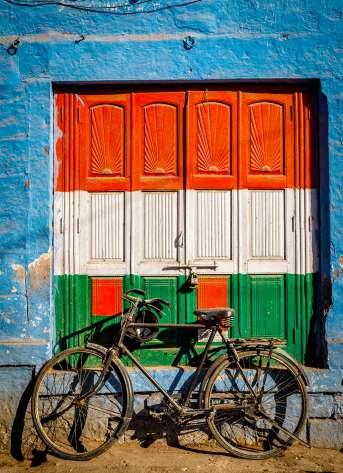
It's difficult to predict how long the cycling trend will last in India. One thing for sure is if you ever want to cycle in India, take a lesson to learn cows’ body language so that you can enjoy cycling in the streets where cows roam free.

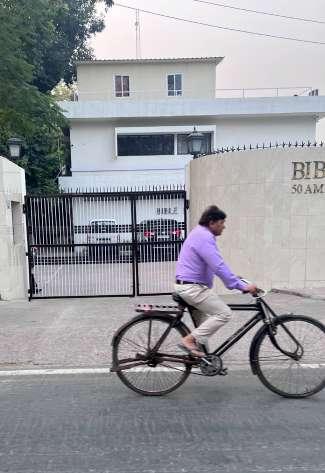
Electric Scooters Join
BICYCLES TO HELP THE FINNISH TO REACH NET ZERO CARBON EMISSION

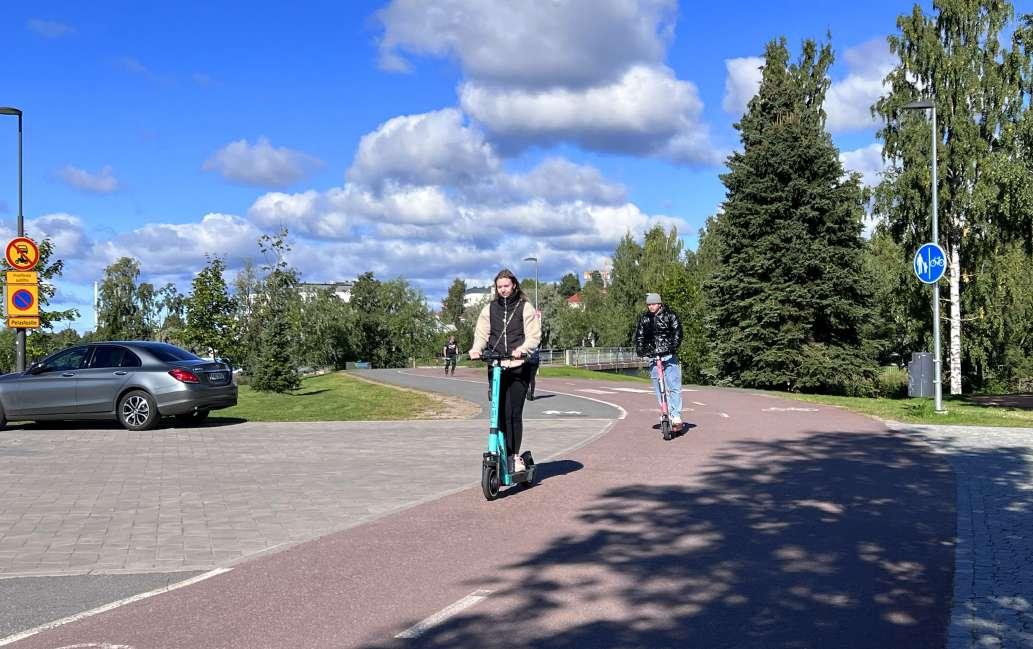
Northern European Countries have been developing clean energy and trying to reduce the emission of carbon dioxide. The government of Finland has been promoting cycling as a means of transportation and exercise for the past thirty five years. The closely connected web of cycling routes all over Finland has always been a popular space for the Finnish to enjoy their leisure recreation. However, after the import of electric scooters in 2019, they soon became the new favorite means of transportation.
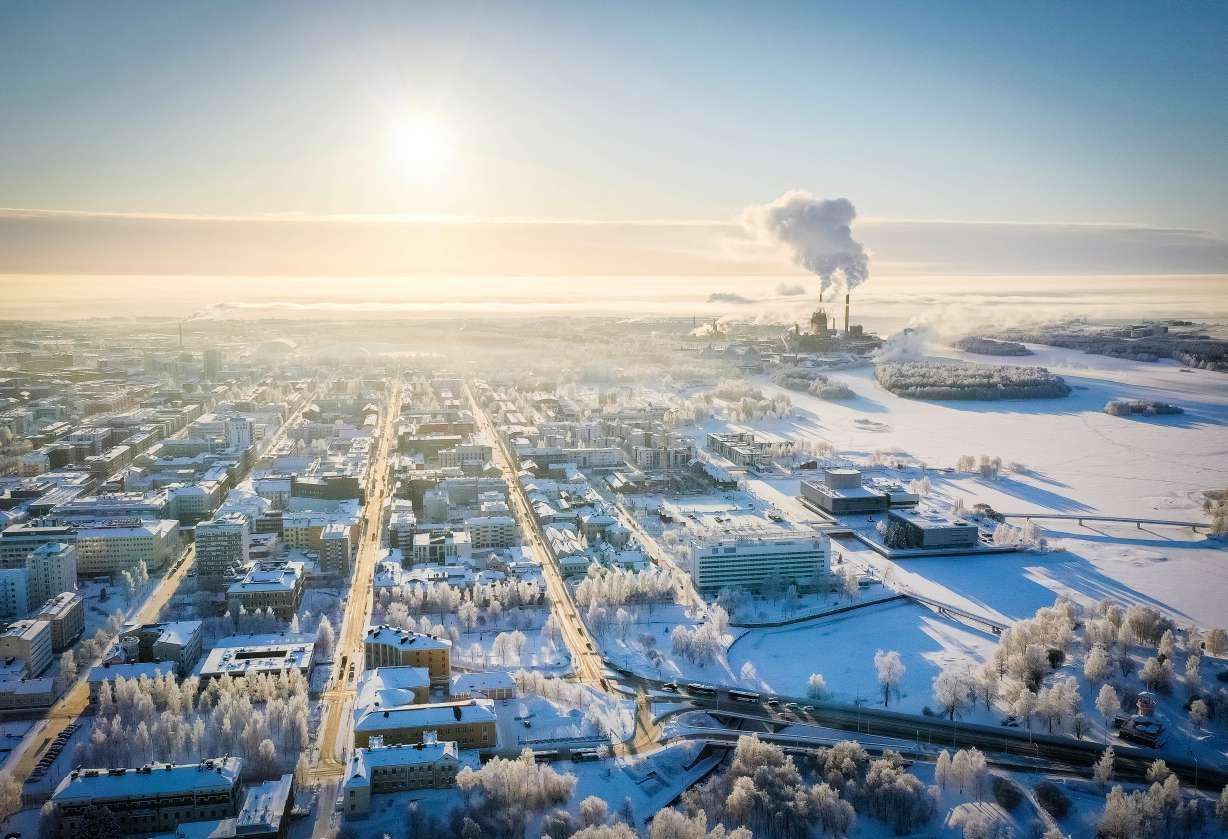
It is not uncommon to see shared bikes and shared scooters riding alongside one another on the streets of Helsinki. These shared bikes and shared scooters provide the Finnish with more alternatives in public transportation. The government imported electric scooters to Finland for their accessibility and manageability to offer an alternative mode of public transportation where no traditional services were available. With low carbon emissions, the electric scooter made this new way of mobility an instant success. Among 5.5 million of the Finnish population, more than 2.5 million have utilized this mode of transportation. Recognizing its profitable potential, many international corporations have entered the Finnish e-scooter market. The Finnish government has been supportive of e-scooter initiatives, which has helped to create a favorable environment for these companies to operate in.
Even though e-scooters are compact and convenient, there has been a steady increase in accidents and injuries caused by the scooters’ high speeds. Furthermore, some cyclists have complained about sharing the cycle routes with the e-scooters. People living in Oulu, the major city that is closest to the Arctics in Finland are still loyal cyclists through and through, even in the coldest sub-zero snowy winter days.
Being an important cultural and economic city in northern Finland, Oulu’s relatively small premise makes it possible for its residents to drive across town in 15 minutes. However, as the important development center for Nokia Networks, Oulu has been the leading high-tech developing metropolis in Finland. People of Oulu attribute their creativity to their easy and peaceful lives largely thanks to their daily cycling routines. Having the highest density of bike paths all of Finland well attested to how people in Oulu truly love to cycle. Barely 200km (100 miles) away from the Arctic circle, Oulu snows six months out of the year on average. But the freezing snow never deters the people of Oulu from having fun cycling in the white landscape that becomes the city’s unique flavor.
Petri who lives in Oulu points to the bike paths everywhere and comments, “These are truly our highways!” Here, cycling is the mainstream and all other vehicles need to yield to bicycles. Residents enjoy the city as well as the great outdoors in the spring and summer. When it starts snowing, the government will make sure the snow is shoveled away before the morning rush hour so cyclists can safely arrive at their offices on time.
Since the weather in Oulu stays low enough the entire winter, the dry snow seldom melts away. As long as the snowplows shovel away the thick layer of snow, the layer of hard-packed dry snow on top of the road is safe to cycle. Compared to other cities in the winter when it snows, the temperatures may not be consistently low enough to keep the snow from melting, and this can result in slushy, watery mixtures that can be hazardous for cyclists.
People of Oulu cycle to schools and work as an exercise routine year-round, including snowy winter days. They feel a much deeper connection with nature when they cycle in snow-covered shiny white and tranquil environment. In addition, bike rides in winter clear their minds and make them better thinkers. Benefits like these make Oulu one of the best cities to cycle in the winter!
